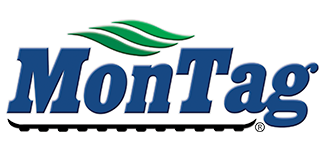11 EXCLUSIVE BONUS SESSIONS FOR VIP ATTENDEES ONLY
When you register as a VIP attendee of the Fall 2020 National Cover Crop Summit for just $49, not only will you get unlimited 12-month access to all 6 thought-provoking Fall 2020 Summit sessions, you'll also get 12 months of access to these 11 top-rated sessions from the 2019 National Cover Crop Summit...
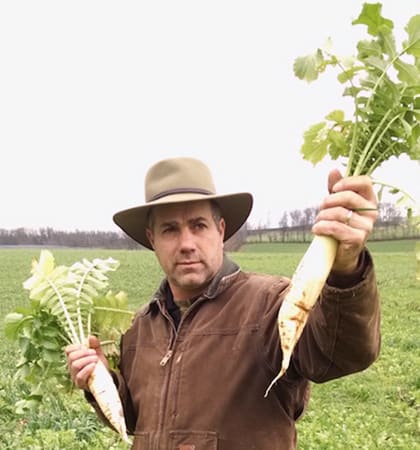
STEVE GROFF
Cover Crop Consultant, Holtwood, Pa.
5 Mindsets that Successful Cover Croppers Have in Common
Making that final decision to adopt cover crops on a farm isn’t an easy one, but it’s a little easier for growers if they start with the right mindset at the beginning.
Pennsylvania no-tiller and internationally renowned cover crop coach Steve Groff will share why it’s important to see where the future of agriculture is moving and how a willingness to strategically try something new is essential to succeeding with covers.
BONUS SESSION FEATURING STEVE GROFF
Innovative Methods and Tips for Getting Cover Crops Planted in a Timely Manner
With planting delayed in many states this year, getting cover crops seeded this fall could be a challenge for many growers — with weather around harvest being another factor to consider. Some growers might even need to consider spring seeding or interseeding in 2020 to keep their cover crop program in force and protect soil health.
There are many methods for planting cover crops, but which one works best in a particular situation? Steve Groff will share some savvy approaches to planting cover crops at different times of the year, and important tips to remember when evaluating planting methods for different cover crop scenarios.
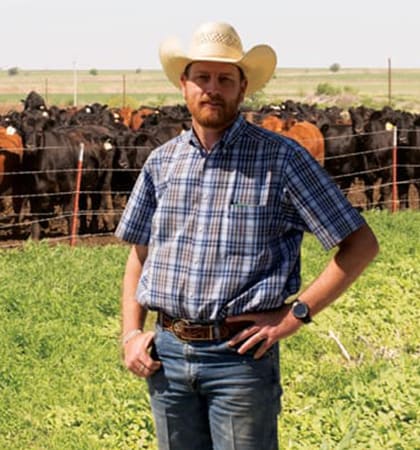
SHAWN TIFFANY
Rancher, Tiffany Cattle Co., Herington, Kan.
Improving Farm and Feedlot Soil Health with Cover Crops
Shawn Tiffany will outline how he and his brother, Shane, have evolved their custom cattle-finishing facility — which services more than 32,000 head at two sites — from strictly grazing native Flint Hills pastures to grazing and forage, and finally, adding cover crops for soil improvement.
Tiffany will share important figures on livestock gain and performance documented through cover crop grazing, as well as yield benefits to his rotation of corn, winter wheat, silage sorghum and soybean.
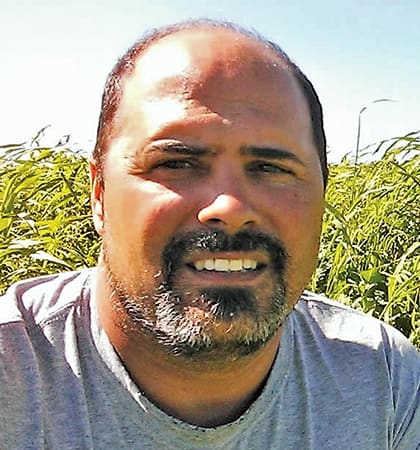
TOM COTTER
Farmer, Austin, Minn.
Integrating Timely Interseeding of Cover Crops for Soil Health and Grazing Benefits
For many no-tillers in the northern U.S. it’s easy to stick with the same corn/soybean rotation or just seed cereal rye and call it good — but Tom Cotter decided several years ago that’s not good enough.
The Austin, Minn., no-tiller will share how he’s interseeding covers into corn and beans and seeding multi-species mixes after harvest for winter grazing as he backgrounds calves and produces all-natural beef products for the retail market
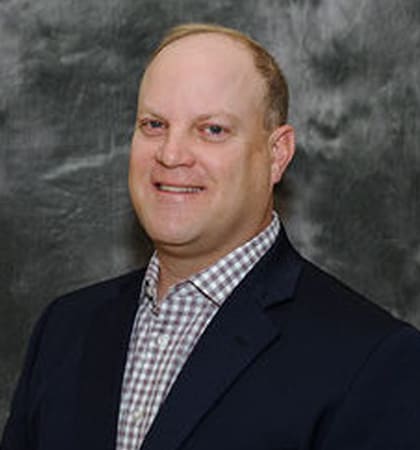
PAUL DELAUNE
Soil Scientist, Texas A&M University Department of Soil and Crop Sciences
Examining Cover Crop Benefits in Continuous Wheat and Cotton Rotations in a Semi-Arid Environment
Many growers in drier environments on the Great Plains could benefit from cover crops but worry that adding covers to their rotation will take too much moisture away from their cash crops and potentially hurt yields.
Soil scientist Paul DeLaune will share the results of two multi-year studies Texas A&M University carried out on the effects of cover crops not only on yields in continuous cotton and wheat systems but also important metrics such as water infiltration and retention, and changes in soil properties and soil microbial activity.
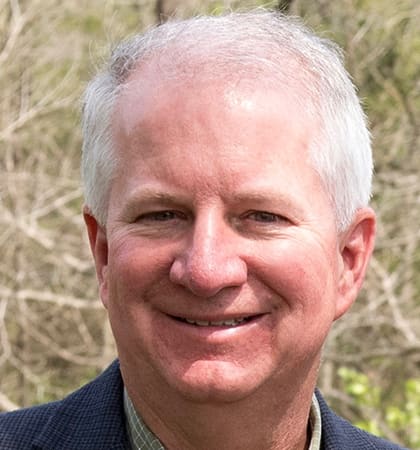
ROB MYERS
Regional Director of Extension Programs, North-Central Region USDA Sustainable Agriculture Research and Education (SARE) Program
A 360-Degree Perspective on How Cover Crops Affect Farm Profitability
One of the biggest questions growers have about cover crops is how the benefits will pay off for their operation, and the answers often consist of partial budget analyses of seed costs and yield effects by universities that don’t go far enough, says Rob Myers.
The regional director of extension programs for the USDA’s Sustainable Agriculture Research and Education (SARE) program will share results of a new national cover crop economics assessment that will look at how cover crop seeding benefits the entire farm operation — from longer-term effects on crop yields over several years to their impact on fighting herbicide-resistant weeds and soil compaction, to revenue diversification via grazing programs
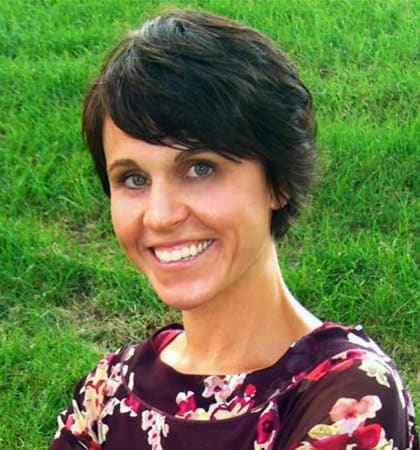
ERIN SILVA
University of Wisconsin Extension Specialist, Organic Agriculture
Rolling Cover Crops Successfully in No-Till Systems
One growing method of cover management in no-till systems is terminating overwintering cover crops using a roller/crimper before, during or shortly after planting. This can be an especially valuable tool for organic operations that must avoid using herbicides for this task, or for growers wanting another tool to fight weeds.
Erin Silva will describe the successful organic no-till production techniques that include rolling and crimping cereal rye at soybean planting, which keeps a living root in the soil longer and leaves a mat of plant residue on the soil surface to suppress weeds and build biomass and soil organic matter. She’ll also share tips for setting up and operating a roller-crimper system successfully in a conventional or organic no-till operation.
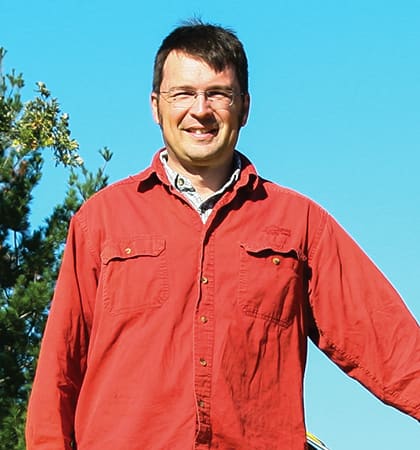
DAMON REABE
Cover Crop Applicator and Co-Owner of Dairyland Aviation
Succeeding with Aerially Seeded Cover Crops — Even in Spring!
Many no-tillers complain aerially seeded cover crops result in poor stands. But Damon Reabe has spent the last 7 years studying stand failures and says there are some strategies no-tillers can employ to dramatically increase the chances of getting better stands.
The aerial cover crop applicator and co-owner of Dairyland Aviation from Waupun, Wis., will explain the necessary steps to ensure a successful cover crop stand, including what seed species work best when broadcast, the best timing of application, how sunlight can affect success rates and what soils have the greatest success rate. He’ll also touch on some successful work he’s done seeding cereal rye in March into corn and soybean residue to offer an alternative timeline to get a cover crop established before planting.
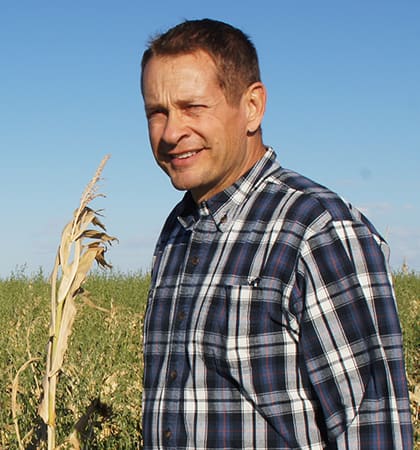
CHRIS TEACHOUT
Farmer, Shenandoah, Iowa
Realizing the Potential of Alternative Row Spacings and Biomass-Building Cover Crops
Chris Teachout will outline his progression of cover crop seeding approaches on his 1,850-acre farm in southwestern Iowa — from broadcasting the seed early on to offset planting covers into corn at V3-V4. Then he’ll share yield and biomass data from his on-farm trials last year planting corn at higher populations in 60-inch rows vs. 30-inch rows and seeding cover crops in between the wider rows.
The fifth-generation farmer will also have data to share from planting early soybeans into cereal rye on his farm.

JOHN WALLACE
Weed Scientist, Penn State University
Plan Ahead: Will My Herbicide Program Prevent Successful Cover Crop Establishment?
Growers that plan to integrate cover crops into their rotation will need to determine if their herbicide programs have the potential to reduce cover crop establishment success. The potential for herbicide carryover injury depends on the properties of various herbicides, weather and soil conditions, and the timing of cover crop seeding, says John Wallace.
The weed scientist from Penn State University will discuss guidelines and principles on the conditions that increase the potential for herbicide carryover, highlight herbicide label considerations, and provide information on herbicide programs that enable fall-seeding cover crops and interseeding cover crops into standing corn, drawing on data from lead Extension weed scientists in various regions.
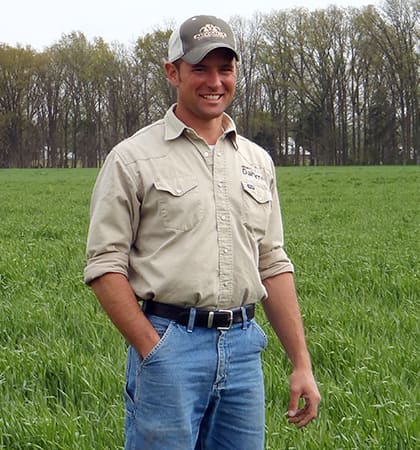
ADAM DAHMER
Farmer, Marion, Ill.
Turning ‘Educational Experiences’ into Successes with Cover Crops in Long-Term No-Till
Adam Dahmer doesn’t like to call setbacks he’s experienced with cover crops in the past as “failures” but as learning opportunities providing knowledge to move forward. Having the privilege of being raised on a farm that was 100% no-till before he was born, soil health has been the center of attention for Adam, as he’s worked with cover crops for 20 years.
Adam credits cover crops such as cereal rye for improving soil organic matter content and nitrogen retention on his farm, as well as weed and disease suppression, improved water infiltration and reduced crop stress during dry periods.
The Marion, Ill., grower will detail his current approach to cover crop management on his 1,300-acre farm and how it’s evolved over 20 years, and goals he’s set for the future with covers as he works to improve the profitability and sustainability of his no-till system. With the benefit of a longer-term perspective, Dahmer will also share some tips and advice for cover crop newcomers on how to get off to a successful start and get past early stumbling blocks.
THIS EDUCATIONAL EVENT IS MADE POSSIBLE WITH THE SUPPORT OF:




